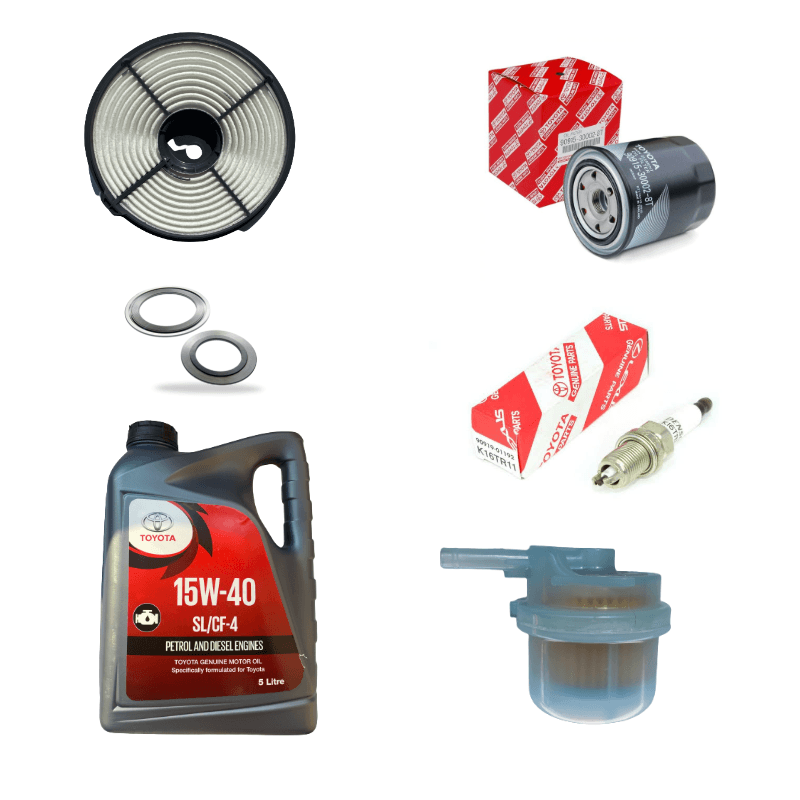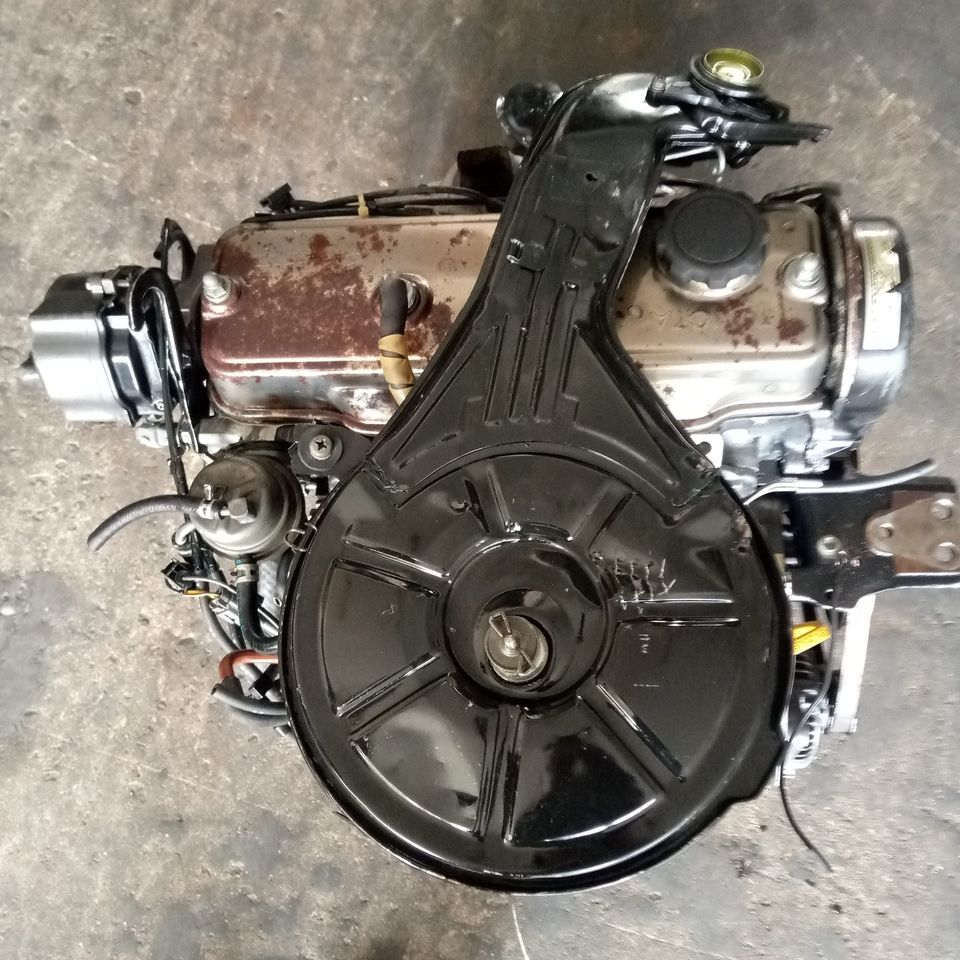Toyota Tazz: Understanding Its Popularity in the Used Car Market
Toyota Tazz: Understanding Its Popularity in the Used Car Market
Blog Article
Discover the most recent Patterns in Engine Innovation Via Tazz
In the quickly developing landscape of automobile technology, Tazz stands at the forefront, highlighting substantial advancements in engine systems that focus on both technology and sustainability. From crossbreed engines that enhance fuel performance to the appearance of hydrogen gas cells, the patterns shaping modern-day powertrains are not just improving performance yet also resolving critical ecological obstacles.
Crossbreed Engine Innovations
Hybrid engine developments stand for a critical change in auto modern technology, incorporating the advantages of interior combustion engines with electrical propulsion systems. This assimilation not just improves gas efficiency however likewise lowers emissions, conference significantly rigorous ecological regulations. By making use of both energy resources, hybrid engines can optimize efficiency, delivering power when required while conserving fuel throughout less requiring driving problems.
Current improvements in crossbreed innovation consist of improvements in battery effectiveness and regenerative braking systems. These advancements permit higher power recovery during slowdown, which can be redirected to help in velocity or power auxiliary systems. Moreover, manufacturers are concentrating on compact styles and light-weight materials to make the most of the performance of crossbreed powertrains.
The advancement of plug-in crossbreeds has actually also expanded the market, allowing vehicle drivers to charge their cars utilizing typical electric outlets. This function commonly enables significant all-electric range, further decreasing reliance on standard gas. tazz. As the vehicle sector proceeds to advance, hybrid engine technologies are expected to play a vital duty in linking the gap between conventional vehicles and fully electric models, providing a transitional solution that caters to varied consumer needs and preferences
Advancements in Electric Powertrains
The vehicle landscape is quickly progressing, with electrical powertrains becoming a leading force in sustainable transportation. Advancements in electric vehicle (EV) technology are significantly enhancing performance, customer, and efficiency experience. Secret advancements consist of improvements in battery chemistry, which have actually boosted power density, decreased charging times, and expanded overall battery life.
Solid-state batteries, for instance, promise to reinvent the market by offering better security and effectiveness contrasted to typical lithium-ion cells. Advancements in regenerative stopping systems are making it possible for automobiles to recover energy throughout deceleration, adding to total efficiency.
Along with battery modern technology, electrical motor layouts are becoming extra innovative. Innovations such as incorporated motors and advanced thermal administration systems are assisting to maximize power shipment and decrease weight, ultimately enhancing car characteristics.

Jointly, these advancements highlight the commitment to shift towards cleaner, extra reliable transport options, placing electrical powertrains at the forefront of automotive technology.
The Increase of Hydrogen Gas Cells
Increasingly, hydrogen gas cells are getting traction as a feasible option to conventional internal combustion engines and battery electric vehicles. This innovation utilizes the chemical energy stored in hydrogen, converting it right into electrical energy through an electrochemical response with oxygen. The key byproduct of this procedure is water, making hydrogen gas cells an eco-friendly option with zero emissions at the tailpipe.

Car manufacturers are increasingly the original source buying hydrogen fuel cell technology, acknowledging its possibility for long-range applications and rapid refueling capacities that rival traditional fuels. In addition, industries such as sturdy transport and public transit are particularly fit for hydrogen fuel cells, where battery electrical remedies may fail due to weight and array restrictions.
As research study and investment remain to increase, hydrogen gas cells are positioned to play a significant function in the future landscape of tidy transportation and power solutions.
Enhancements in Internal Combustion Engines
Advancements in inner combustion engine (ICE) innovation are transforming standard lorries to fulfill modern ecological requirements and efficiency expectations. One of one of the most substantial improvements includes the combination of sophisticated gas shot systems. These systems enhance the air-fuel mixture, improving combustion effectiveness and resulting in minimized emissions. Straight fuel shot, for instance, enables for far better atomization of fuel, leading to more total combustion and boosted power result.
Additionally, turbocharging has actually acquired prominence, enabling smaller sized engines to deliver greater performance without the weight of bigger engines - tazz. This modern technology not only improves performance but also adds to reduce fuel consumption. Variable shutoff timing systems are additionally being improved, enabling engines to adjust to different driving conditions for boosted torque and responsiveness
In addition, making use of lightweight products in engine construction is ending up being standard, additional improving gas efficiency by lowering total car weight. Engine control systems (ECUs) are significantly innovative, allowing real-time changes that maximize efficiency and exhausts.
These improvements collectively symbolize a pivotal shift in ICE technology, straightening with worldwide sustainability objectives while still supplying the efficiency chauffeurs anticipate from their cars. As the sector advances, these renovations remain to shape the future of conventional auto design.
Future Patterns in Engine Effectiveness
Considerable advancements in engine effectiveness are expected as suppliers concentrate on integrating cutting-edge innovations to fulfill rigorous environmental guidelines and consumer needs. article source The shift towards electrification, hybrid systems, and different fuels is improving the auto landscape, driving innovations that enhance fuel economy and lower emissions.
Among the vital trends is the application of sophisticated products and manufacturing methods. High-strength alloys and light-weight composites add to minimized car weight, therefore improving overall efficiency. In addition, the fostering of turbocharging and variable shutoff timing technologies enables enhanced power result from smaller engines, further improving fuel economic climate.

Conclusion
In conclusion, the exploration of engine technology discloses substantial developments that prioritize sustainability and performance. Innovations in hybrid engine systems, electrical powertrains, and hydrogen fuel cells show a dedication to reducing discharges while boosting efficiency. Enhancements in inner burning engines and an emphasis on light-weight materials contribute to total engine performance. As the auto industry continues to recommended you read advance, these trends will play an important duty fit a cleaner and more sustainable future for transport.
From hybrid engines that maximize fuel effectiveness to the development of hydrogen fuel cells, the fads shaping modern powertrains are not just improving efficiency but additionally dealing with critical environmental obstacles.Hybrid engine advancements represent a crucial shift in auto technology, incorporating the benefits of inner combustion engines with electrical propulsion systems.Additionally, turbocharging has actually gained prominence, permitting smaller sized engines to provide greater efficiency without the weight of larger engines. Additionally, the fostering of turbocharging and variable shutoff timing modern technologies enables for improved power outcome from smaller engines, additionally improving fuel economy.
Enhancements in inner combustion engines and an emphasis on light-weight products contribute to general engine efficiency.
Report this page